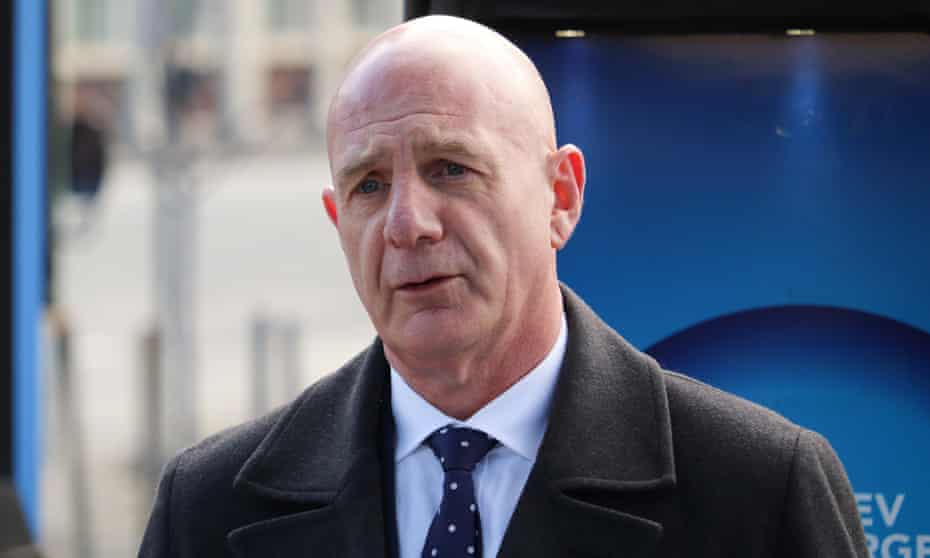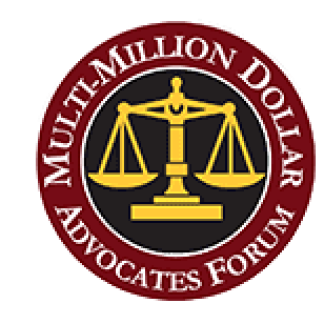If you've been subjected to an attack on a public figure, you might be wondering whether you can sue for defamation. The answer to that question depends on whether or not you qualify as a public figure at the time of the defamation. A recent case involving an expert in bioterrorism, Hatfill v. New York Times, supports this view. As an expert in bioterrorism, Hatfill frequently spoke in the media about his research and opinions, and his statements influenced the outcome of a controversy involving his views.
In evaluating whether to file a defamation lawsuit, courts look to whether or not the defendant had a legitimate interest in making a particular statement. For instance, if the defendant was a government employee, the plaintiff must demonstrate that the defamation statement was intended to harm the public's reputation. In addition, the public-figure must have voluntarily assumed a role of special prominence or sought to influence the resolution of a public controversy before the statement was published.
Another important factor in public figure defamation suits is actual malice. Public-figure defamation cases can be difficult to bring, because the plaintiff must prove actual malice. In cases such as this, a plaintiff must show that he or she acted with actual malice to avoid the liability. In the Tah case, a former Liberian government official sued his former employer for defamatory statements about him. car wreck lawyers near me
Defamation lawsuits against public figures are typically difficult to bring, because the plaintiff must prove that the defamatory statement was not true. To be successful, the plaintiff must prove actual malice on the part of the defendant. In other words, the defendant must have known the statement was false and acted recklessly. In some cases, this standard is higher than in others. The New York Times v. Sullivan case established a standard for public figure defamation cases.
Defamation cases against public figures are difficult to bring, but the standard of proof is higher than in most private-sector lawsuits. While there are some exceptions to the general rule, a private-sector employee can sue a publisher for defamation without an attorney's help. However, a public-sector employee's case is much more difficult. In such a case, a plaintiff must prove that the statement is not true and that the publisher acted with malice.
In addition to a plaintiff's burden of proof, the defendant must demonstrate that the statements in question were intended to bring the defamed individual into disrepute. The statements must impeach the defamer's reputation, integrity, and virtue. This burden can be met by showing that the defendant was aware of the plaintiff's lawsuits. Defamation cases against public figures are rare because plaintiffs must prove the defendant's statements were true.
The Sullivan case reflects an example of a proto-SLAPP. The commissioner Sullivan made an inadequate libel claim to harass the civil rights movement and punish the Times for criticizing the South. The Supreme Court could have held that retaliation based on First Amendment activity violates the Constitution, but it instead conceptualized the issue as libel-specific and emphasized that low fault requirements in a public-sector lawsuit can chill expression.








